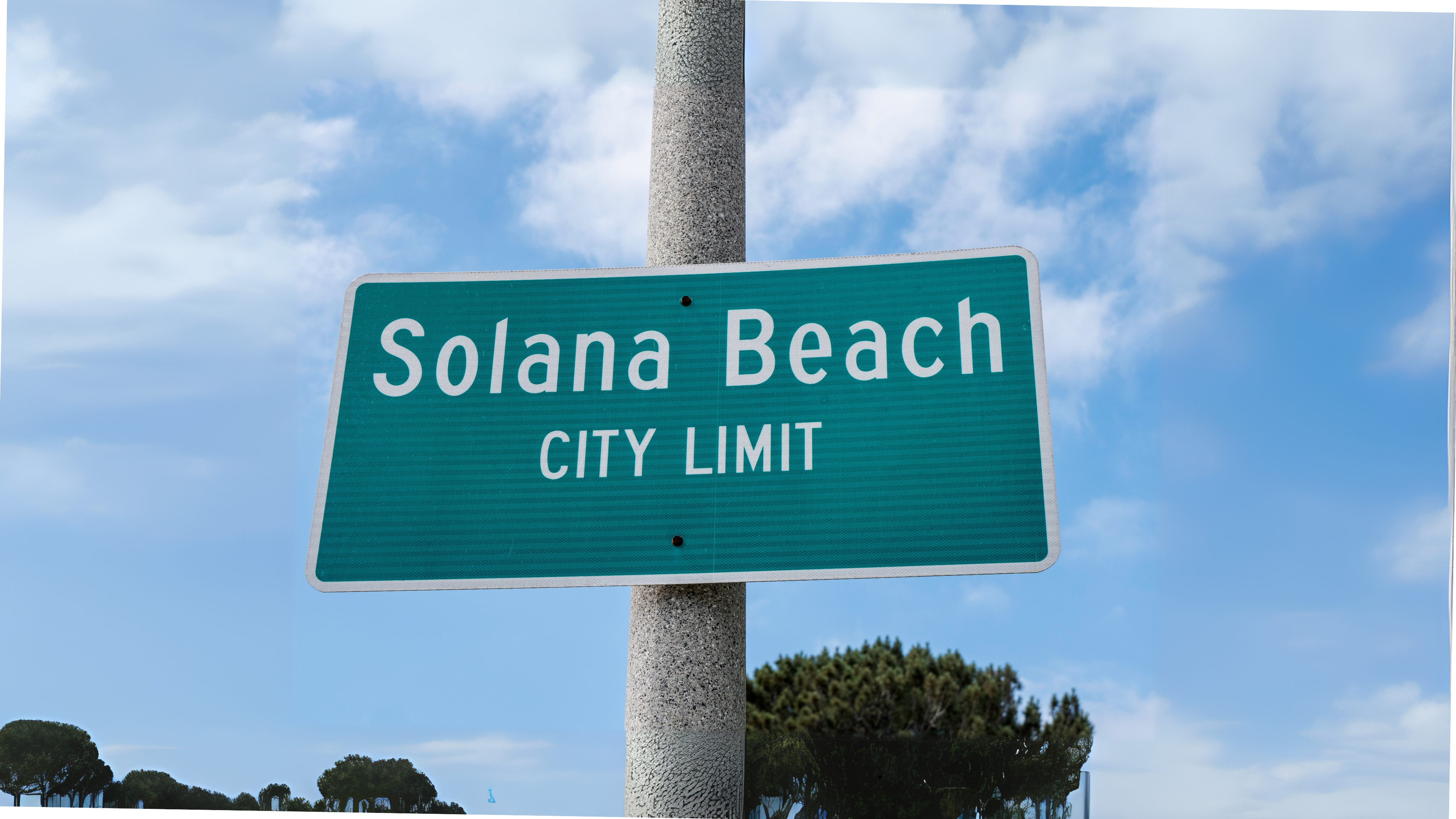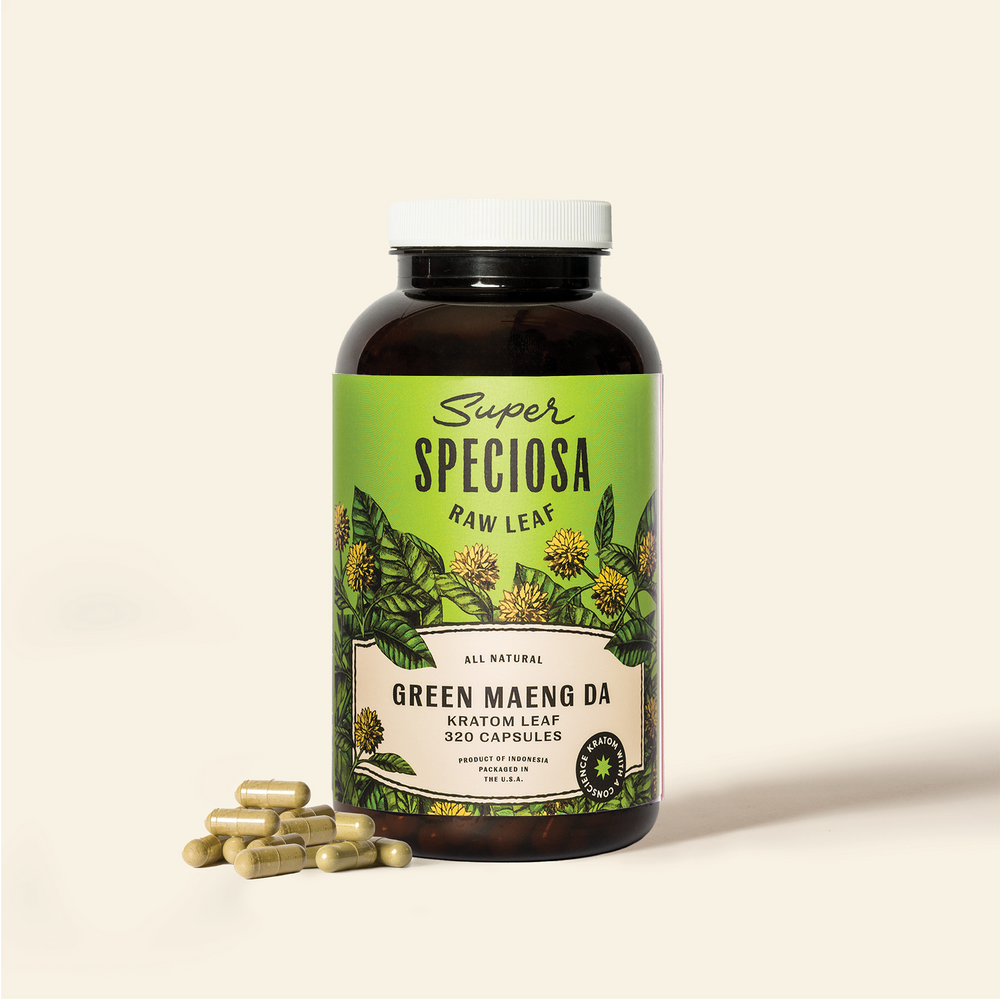Solana Beach Opts for Kratom Age Limit Instead of Outright Ban
SOLANA BEACH OPTS FOR KRATOM AGE LIMIT INSTEAD OF OUTRIGHT BAN

Amid a flurry of local-level kratom bans, one California community has opted for regulation over prohibition in a victory for kratom access.
Solana Beach became the latest local government body to take up a ban on kratom sales, however, the ordinance will only affect consumers 21 years and younger due to ongoing efforts at the state level and legal hurdles in the municipal code. While there was discussion among the Solana Beach City Council about this being the “first steps” in limiting access to kratom, the ordinance passed without the groundwork for any stipulations or future intentions after council members indicated a preference to defer the matter to the state level.
The matter came to the city council's attention as Ordinance 537 and was introduced at the Oct. 23 council meeting in response to concerns by community leaders. Each of the four voices who testified on the matter spoke against kratom, and allowing children to access the plant-based supplement. Yet instead of moving to ban the plant outright, city attorney Johanna Canlas acknowledged the challenges facing the kratom industry in explaining the measure.
“It lacks oversight and accountability for safe use, regulations and ingredients, purity levels and dosages,” Canlas said. “The proposed ordinance aims to completely prohibit the sale and distribution for persons under 21 years old.”
Age Restrictions vs. Outright Ban
As far as adopting the measure, the process moved quickly. On first reading, the council unanimously voted to limit the measure to the age of purchase requirement after a brief discussion about broadening the scope of the proposed law. Three weeks later, the council again voted 5-0 to adopt the measure and add a kratom age restriction to the municipal code.
In the meeting where the ordinance was first considered, there was some discussion about banning all kratom sales, with Canlas clarifying the implications of such a measure. Due to the wording of the Solana Beach municipal code, there was an unspecified conflict with businesses currently selling kratom. Canlas was not specific in her comments about the particular issue in the code and hinted at the complications while confirming the existence of a “seven-year amortization period” that would apply in this instance.
Due to those vague legal hurdles, the council dismissed the idea of attaching other stipulations to the ordinance before opting to pass the motion as a simple age restriction for customers purchasing kratom.
Although there were no further conditions added to the kratom sales ban, council member David Zito was one of the voices who expressed concern about the unregulated nature of the kratom market in California. Zito echoed concerns about the lack of regulation and information regarding kratom products available for sale but expressed the realities due to the limited scope of the city council.
“I personally wish that this type of issue were taken care of at a higher level, and that the state would do something for it or the federal government would do something about it,” Zito said. “For now, I think this is the right step to take.”
Seeking Solutions from the State
Zito’s comments came after the council acknowledged efforts at the state level to regulate kratom, even though there was no mention of state-level regulation in the report generated on the ordinance. That same report mentioned state and local bans, and highlighted other states that had enacted age restrictions, but omitted any mention of states that had passed versions of what are commonly referred to as Kratom Consumer Protection Acts (KCPA).
Despite testimony from councilors and members of the public about the risks of an unregulated kratom market (including adulterated products, a lack of labels/instructions and the risk of synthetic products), there was no mention during comment periods or in the city’s report about laws that attempted to address those issues.
Earlier this year, Assembly Bill 2365 was held up in committee due to administrative concerns about the cost and scope of the measure. That bill would have set limits for the type of kratom products that could be manufactured and sold and would have created a regulatory system to hold producers accountable for bringing safe products to market.
While that bill was not mentioned in the city’s report, multiple public officials testified that the measure was expected to be reintroduced to the legislature.
Also absent from the city’s report was current information about kratom research.
Most of the report’s data is outdated, and outright misleading in other instances. Starting with the number of kratom consumers estimated by the Food and Drug Administration (FDA), a figure that was provided based on 2021, the picture painted about kratom failed to capture the most recent information.
The report cited the Centers for Disease Control (CDC), the Drug Enforcement Agency (DEA) and the FDA as reasons to question kratom. On further inspection, the report from the CDC was issued in 2019 and covered data from the year prior, the DEA’s position is based on a fact sheet from 2020 that does not cite available federal research and the FDA’s position has been called into question as the agency funds additional research into kratom’s safety profile.
Despite the one-sided wording of that report, which was condensed to create the reasoning in the final draft of the city ordinance, advocates for kratom are still counting the measure as a win after the council focused the measure simply on age requirements instead of a more restrictive kratom policy.





